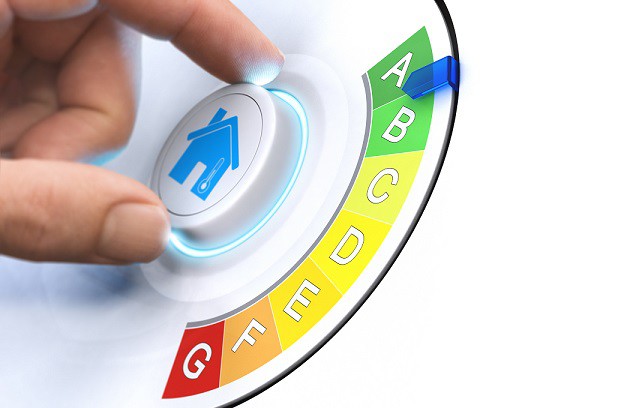Combined Heat & Power – where are we now with it?

Combined heat and power (CHP) is an energy-efficient system that creates electricity from traditional fuels and captures the heat that is generated to reuse it for space heating, domestic hot water, or industrial processes. Mike Byrne of Flue Liner Solutions gives his overview.
The latest government statistics show that continued fuel costs and increasing interest in climate change are both contributing to the continued massive growth in the CHP sector. With the forthcoming COP26 climate change conference is highlighting sustainability and reducing carbon emissions is an increasingly high-profile challenge.
There are a massive number of companies providing CHP systems which are highly efficient, making use of the heat which would otherwise be wasted and allowing the need for heat to be met that would otherwise require further fuel to be burnt.
For many commercial projects, CHP offers the best and most significant, single opportunity to reduce energy costs and to enhance environmental performance. Though not seen as truly sustainable by some, because they are mainly fuelled by natural gas, unless they can be used with renewable fuels such as biogas. CHP can still provide a welcome reduction in carbon emissions.
CHP creates electricity and valuable heat together in one single process, allowing organisations to reduce energy costs, whilst also encouraging a more sustainable alternative to traditional boilers. These CHP systems can be increased in scale to suit large commercial requirements as well as well as “micro” units for domestic use, which are becoming increasingly popular.
Avoid Climate Change Levy
Another aspect which makes CHP very attractive is that it can help new build projects avoid the Climate Change Levy, which affects industrial, commercial, agricultural and public service sectors and applies to electricity, gas and solid fuel consumption.
The inclusion of CHP sites also means that site can be eligible for a range of financial support measures including: – Enhanced Capital Allowances and Business Rates exemptions as well as the Climate Change Levy.
Using CHP must be the right option but has to take into consideration a broad range of issues including technical, financial and operational aspects, not just to meet planning or building regulations, there must also need to be the need for continuous for reliable for heat and electricity.
On the heating side, the CHP unit can also operate in parallel with a conventional boiler, many CHP units can work well with biomass boilers, photovoltaics (PV) or ground source heat pumps.
The overall efficiency of CHP units can be as high as 95 percent. By generating heat and power simultaneously, CHP can reduce emissions by up to 30 per cent compared to separate means of traditional production. However, CHP will only provide maximum benefits if it is the correct size, and installed properly and operated well.
CHP units can also be retrofitted and planning permission for a CHP unit is not always required, unless the building is listed, or if the unit is being installed in an area which would affect the public view.

An efficient CHP unit can provide energy cost savings of up to 40 percent compared to that supplied by the grid and it is estimated that they can provide a return on investment within three years.
In many countries CHP is often seen in community energy schemes to assist in meeting regional carbon emission targets and supporting local authority energy reduction strategies.
Each CHP installation is built around the specific energy requirements of the scheme, so for many, an energy audit is a crucial first step in identifying whether CHP is the best and most cost-effective way to reduce costs and emissions.
Cost savings can be immense
There are many great examples of projects which have successfully used CHP, such as the University of Liverpool who wanted a unit to reduce its energy costs and decrease carbon emissions. The scheme has estimated annual cost savings of £1.5 million per year with lifetime savings expected to be approximately £22.6 million. The university is also expecting to reduce carbon emissions by 5,730 tonnes per year.
But correct and careful maintenance is essential for a CHP and needs to be both operated and maintained correctly to be able most efficient and provide highest cost savings. There are examples where non maintained units result in reduced efficiencies and have failed to provide the expected savings.
Another interesting use of CHP is a leisure centre in Northumberland which worked with a supplier to install a micro-CHP to integrate with an existing boiler to reduce its load. This provides carbon savings of 50 tonnes per year and financial savings of about £5,000.
Capital cost for CHP can be cost unaffordable which is why some customers partner with energy firms directly. One manufacturer in the Midlands entered into a 15-year contract with a supplier, to manage installation and operations helping the company with greater certainty around energy costs and improved efficiency. This long-term agreement can provide projects with predictable costs and equipment reliability for the future.
Mike Byrne is Director at Flue Liner Solutions







